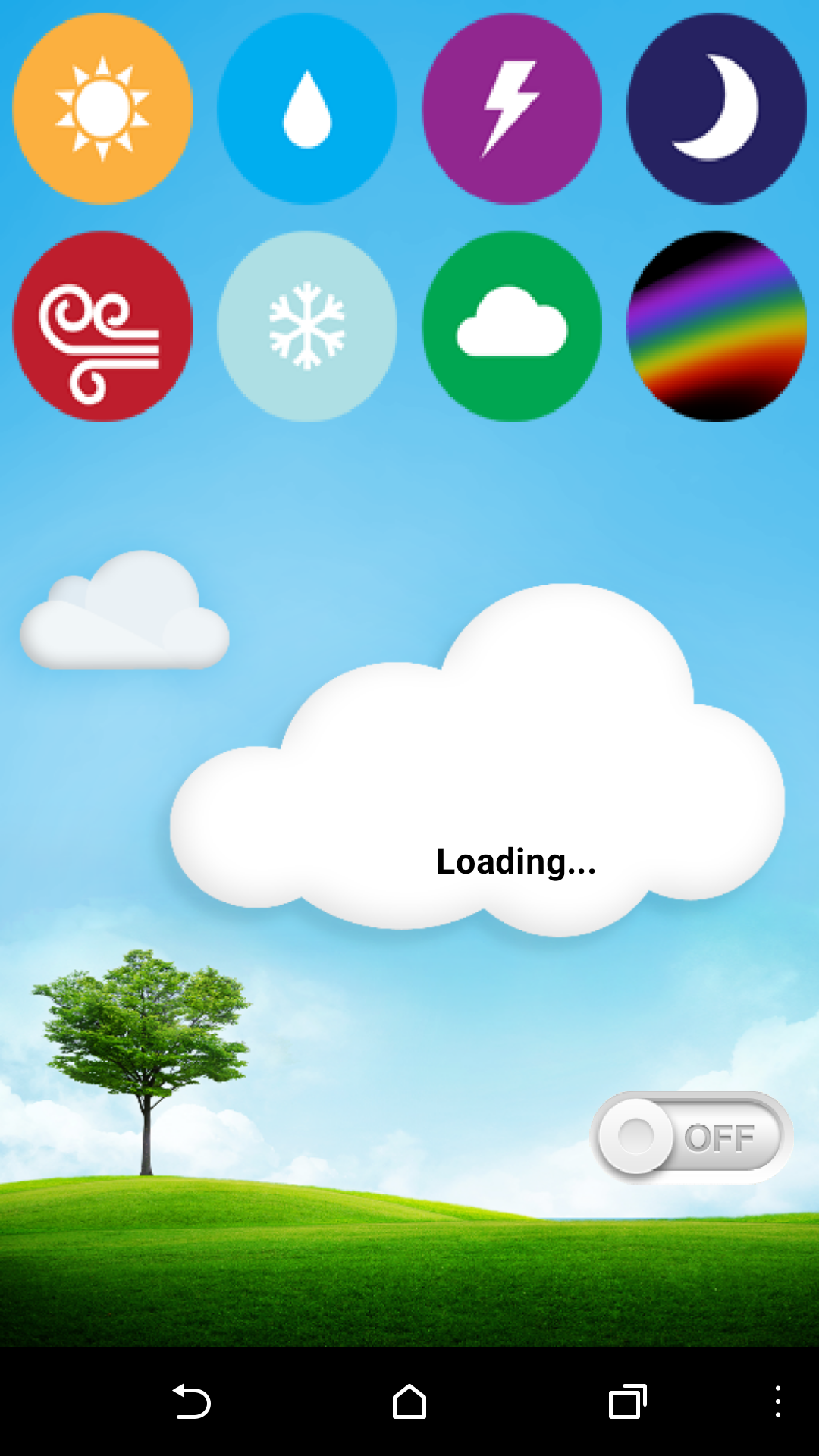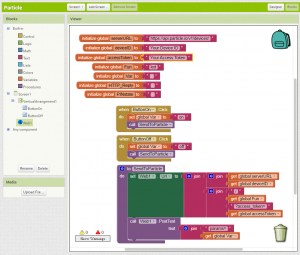Last weekend I decided to build a monitoring system for the planter boxes on my deck. I wanted to collect data on soil moisture and light levels from at least two of the 4 planter boxes. The issue is that I don’t have a place to plug it all into and I want to log the data using Google Sheets so that I can graph everything.


So I grabbed a solar panel, whipped up a voltage regulator, connected a rechargeable battery and that took care of the battery. For the microcontroller I used a Particle Photon, mostly due to it’s abundance of analog read pins, and connected a Spark Fun soil sensor with an added photo-resister for light readings. The Photon reads the analog value of each sensor and adds a new row into my Google Sheets doc via IFTTT. After the data is sent the Photon goes into deep sleep mode every 10 minutes. This makes it so that the sensor sips power and can easily last using only solar power.
So here is the Data:
My next step is to collect enough data to flag events that I want to be notified about. Like when the water level gets low enough to were I should water my plants, or when my plats are about to die due to extreme dryness. I can also see how much daylight a particular box is getting so I know what plants need to go where. If I had access to a water outlet I could have that automatically water the garden, but for now my water bucket works well enough.








 This is set up to work with the WEB-Connected LED example app for the Particle Spark, Photon, or Electron.
This is set up to work with the WEB-Connected LED example app for the Particle Spark, Photon, or Electron.